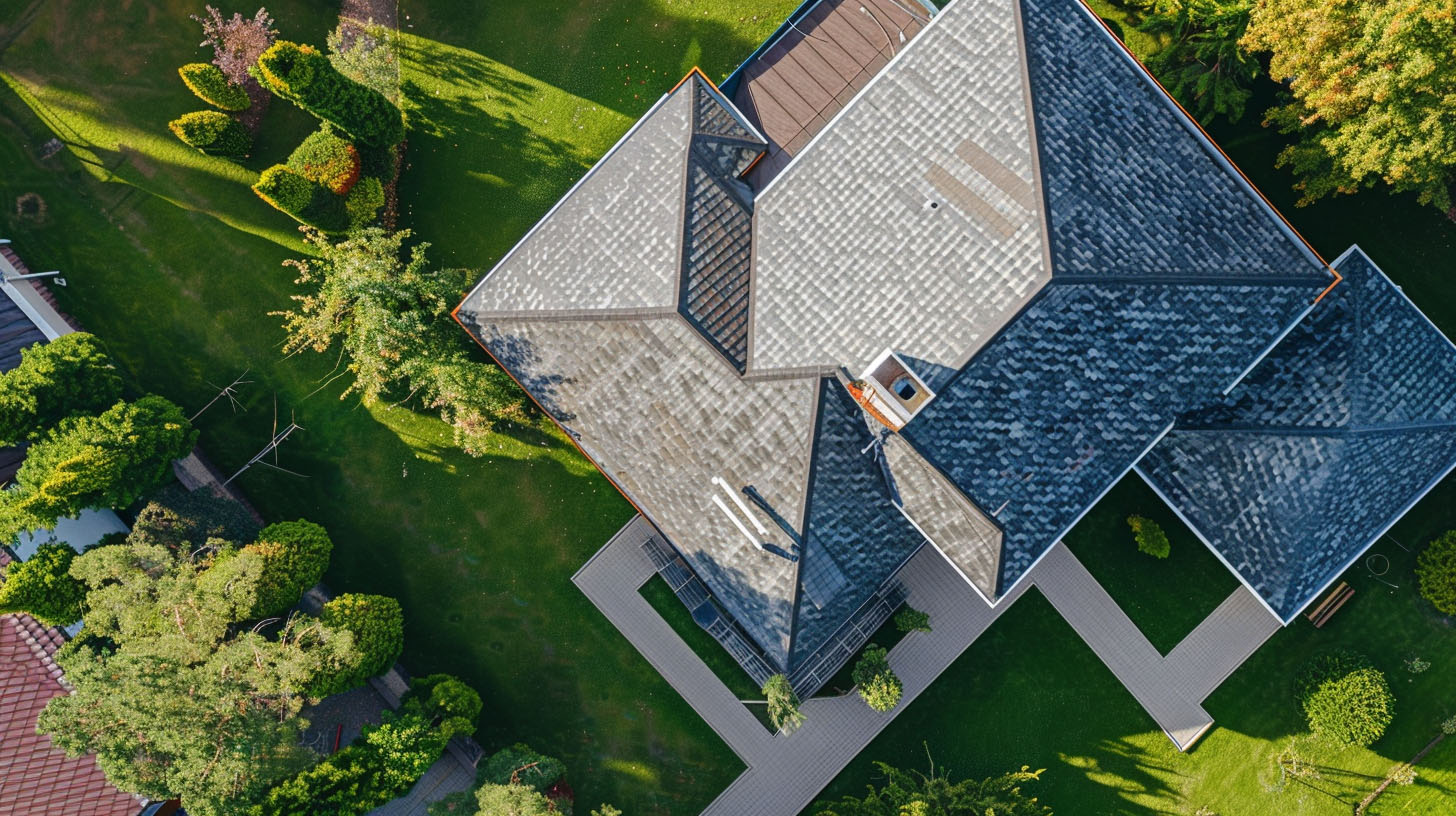What Is a Roof Overlay and Should You Do It?
When considering options for restoring a roof, homeowners often grapple with whether to invest in a overlay or a full replacement. Roof overlays can be an appealing option due to their cost and time-saving benefits. Yet, may not be suitable for every roofing project. At Specialist Roofing & Repair, we understand the unique roofing challenges faced by homeowners in Orange County, CA. Our team and premium brands like Owens Corning and GAF ensure tailored solutions that fit your specific needs.
Understanding Roof Overlays: The Basics
Roof overlays provide a simpler way to reinforce your home’s protection without entirely tearing apart the existing roof. Involve adding a fresh layer of shingles over the current roof, offering faster installation and fewer disruptions.
However, not every roofing scenario is ideal for an overlay. Roof overlays work best only when the existing structure is in good condition. But what exactly does a roof overlay entail, and how does it compare to a full replacement? Let’s break it down further.
What Is a Roof Overlay?
A roof overlay is a method of applying a new layer of roofing material over an existing roof. This option can extend the life of the roof while providing added protection, but it requires careful assessment to ensure structural integrity and suitability.
How Roof Overlays Differ from Full Roof Replacements
Roof overlays and full replacements serve distinct purposes in roofing projects. An overlay involves adding a new layer of roofing materials on top of the existing shingles, providing a quicker and cost-effective solution. In contrast, a complete replacement necessitates a tear-off of old materials, allowing for a thorough inspection of underlying issues. This process can uncover hidden structural damage, ultimately prolonging the lifespan of your roof. Choosing between these options depends on factors like the integrity of your roof and the condition of existing shingles.
Reasons Homeowners in Orange County Consider Roof Overlays
In Orange County, overlays serve as an attractive roofing solution for homeowners aiming to balance cost savings with efficiency. Overlays are particularly popular for their quicker completion times and lower upfront expenses compared to tear-offs or full replacements.
Their suitability for roofing projects hinges on the existing roof’s condition. For many, overlays bridge the gap between functionality and affordability, making them an ideal choice when a complete replacement is not feasible. Let’s explore why Orange County, Cs residents choose this option.
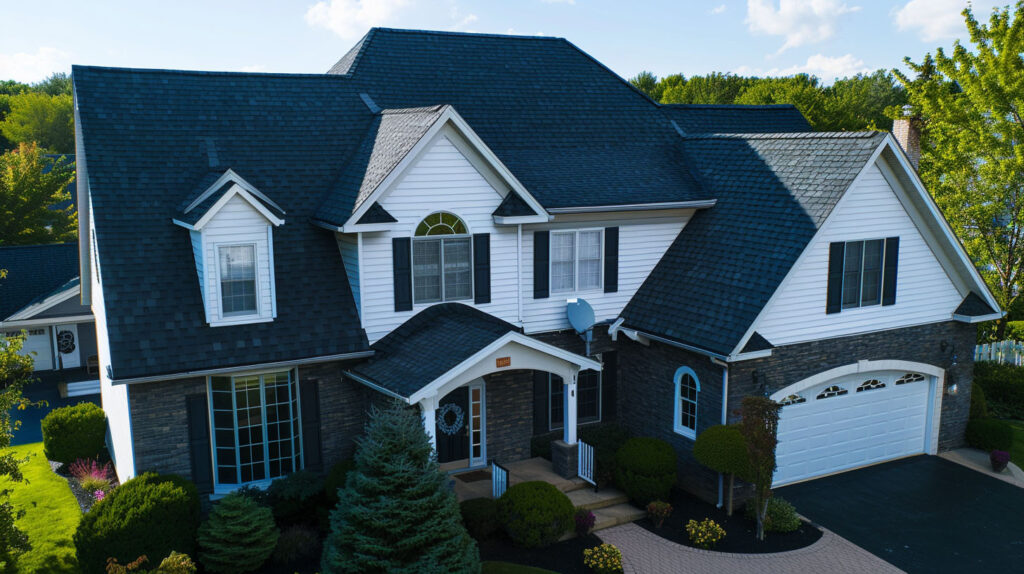
Cost Efficiency Compared to Tear-Offs
Significant cost savings make a roof overlay an appealing choice for many homeowners. Opting for this method requires less labor and fewer disposal costs compared to a complete replacement. By adding a new layer of roofing materials on top of the existing shingles, homeowners can extend the lifespan of their while avoiding the expenses associated with tear-offs. Ultimately, the decision to go for a roofing overlay can improve the overall value of your home without compromising on quality or aesthetics.
Faster Installation and Less Disruption
Choosing a roof overlay leads to significantly less time spent on installation compared to a full replacement. With the addition of a new layer of shingles over the existing roofing material, homeowners can quickly regain full protection without extensive labor and logistical challenges. This approach minimizes disruption to daily life, as roofing contractors can perform the project with less noise and disturbance. As a result, the process not only saves time but also contributes to a smoother experience, preserving the integrity of your home environment.
The Roof Overlay Process Explained
Understanding the roof overlay process gives peace of mind while ensuring your roofing project proceeds without surprises. This approach starts with evaluating the existing roof’s condition, followed by careful preparation.
Using premium roofing materials from Owens Corning, Polyglass, and similar brands ensures top-notch results. Every detail, from the inspection to materials selection, is critical for guaranteeing a durable overlay. Let’s take a closer look at each step for a better understanding.
Inspection and Preparation of Existing Roofing
Materials Used for Roof Overlays (Owens Corning, GAF, Polyglass, etc.)
Various materials are available for overlays, ensuring compatibility with your existing roofing structure. Notably, Owens Corning and GAF offer high-quality asphalt shingles that excel in durability and aesthetic appeal. Polyglass presents a variety of modified bitumen options, suitable for diverse climates and specific roofing needs. Each material has distinct advantages, including enhanced weather resistance and longevity. Selecting the right products not only maintains the integrity of your roof but also contributes positively to your home’s overall curb appeal and potential resale value.
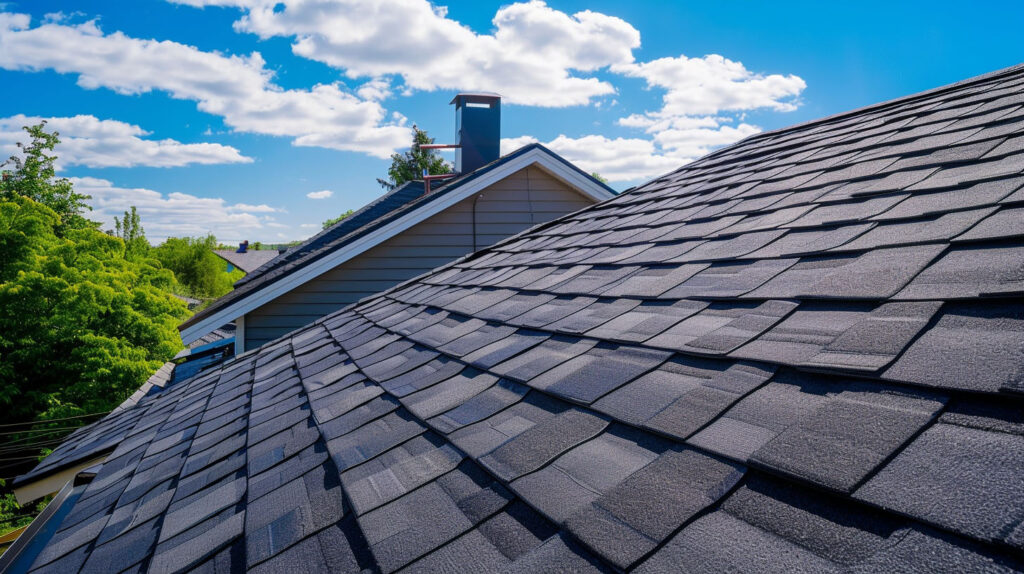
Pros of Roof Overlays
Roof overlays come with several appealing benefits that homeowners value. Cost-saving option that avoids the labor and waste of a roof tear-off while preserving the existing structure in good condition.
The process is faster and involves less mess, making it a practical choice for Orange County residents. Moreover, it enhances your roof’s durability when executed correctly. However, it’s essential to explore every advantage alongside potential limitations before proceeding.
Lower Upfront Costs
Choosing a overlay often presents a financially viable option, significantly reducing upfront costs compared to a complete replacement. By layering new shingles over the existing roof, homeowners can conserve their budget, avoiding high material and labor expenses associated with a full tear-off. This method minimizes potential disposal costs, as less old material requires removal. Homeowners benefit from immediate savings and can allocate funds toward other home improvement projects, enhancing overall property value. An overlay can thus represent a prudent investment for many.
Minimal Mess and Waste Removal
Opting for a overlay significantly reduces the mess typically associated with a complete replacement. Since new layers of shingles are installed on top of the existing roof, disposal costs and waste removal are minimized. This efficient approach ensures that debris is kept to a minimum, allowing homeowners to maintain a clean environment during the roofing project. Engaging a skilled roofing contractor can further enhance this efficiency, ensuring the integrity of your remains intact while also protecting your property from unnecessary disruptions.
Preserving the Existing Roof Structure
Incorporating a overlay allows homeowners to preserve the integrity of their existing structure while providing an effective solution for improvements. By applying a new layer of shingles on top of the original roofing material, the roof’s lifespan can be extended with less risk of structural damage. This approach minimizes the need for a complete tear-off, thereby maintaining the deck’s stability and reducing disposal costs. Such a method, when executed by a skilled roofing contractor, ensures that both functionality and curb appeal are enhanced.
Cons and Risks of Roof Overlays
Understanding the potential drawbacks of roofing overlays is essential for making an informed decision. One significant concern is the shortened lifespan compared to complete replacement options. Additionally, underlying damage, such as soft spots or structural issues, may remain unnoticed beneath the additional layers of shingles. The extra weight from this new layer can impose stress on the existing structure, potentially compromising its integrity. As with any roofing project, a careful assessment of your specific situation is crucial to avoid future complications.
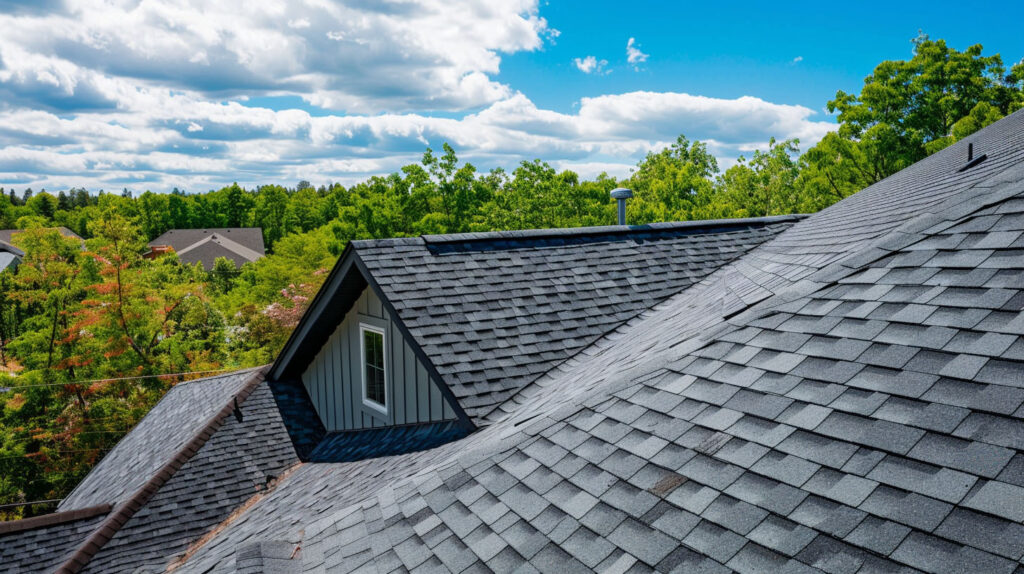
Shorter Lifespan Compared to Tear-Offs
A roofing overlay typically has a shorter lifespan than a complete tear-off roofing project. While overlays can extend the life of your existing roof, may not perform as well over time as a fully replaced roof. The additional layer of shingles adds weight and may prevent proper inspection of underlying issues that could compromise the roof’s integrity. Consequently, potential buyers may view homes with overlays as having significantly less value, making a full replacement the more prudent investment in the long run.
Potential for Underlying Damage to Go Unnoticed
Inspecting an existing roof before deciding on an overlay is crucial to avoid potential issues arising from underlying damage. Hidden concerns, such as soft spots or structural integrity risks, may remain undetected beneath the original shingles. A thorough evaluation by an experienced roofing contractor can reveal these problems, ensuring informed decisions. Overlooking necessary repairs can lead to expensive water damage and compromise not just the roofing structure but also the longevity of new materials applied. Addressing these underlying issues enhances the value of your home in the long run.
Added Weight and Structural Concerns
Additional layers of shingles increase the weight on your existing structure, which can lead to concerns around its integrity. Evaluating the load-bearing capacity of your deck is essential before proceeding. Consulting with a qualified roofing contractor can help identify any potential structural issues that may arise from added weight. Ensuring that your roof can support the new materials will safeguard against problems like roof tears or water damage, ultimately preserving the longevity and safety of your home.
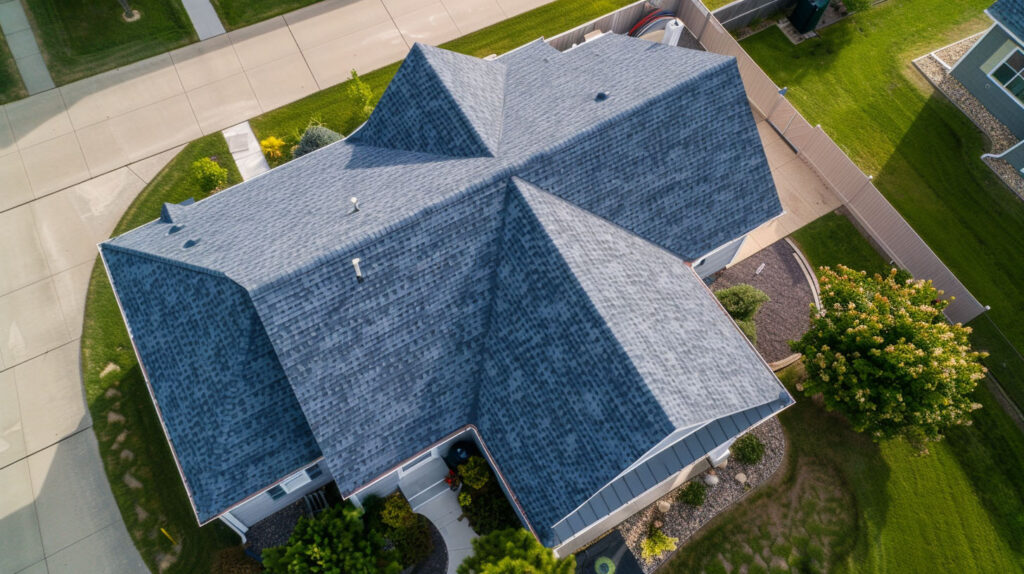
What’s Next
Evaluating the decision to implement a roof overlay requires an understanding of both benefits and potential drawbacks. While cost savings and less labor appeal to homeowners, it’s essential to consider the integrity of your roof and any underlying issues that may not be immediately visible. Consulting with a roofing contractor can provide valuable insights tailored to your specific situation. Ultimately, whether this approach enhances your home’s resale value or necessitates a complete roof replacement hinges on the unique condition of your existing roof.
Frequently Asked Questions
How do I know if my roof qualifies for an overlay?
To determine if your qualifies for an overlay, check its current condition, age, and type of materials used. Generally, roofs with no more than one existing layer and no significant damage are ideal candidates for an overlay. Always consult a professional for a thorough assessment.
What is a roof overlay?
A roof overlay involves installing a new roofing layer over an existing roof, which can be a cost-effective solution. It typically uses materials like shingles or membranes and is chosen to enhance aesthetics while providing a protective barrier without complete removal of the old roof.
When should you choose a roof overlay?
A roof overlay is ideal when the existing roof is in good condition but requires an upgrade. Consider this option if you’re looking for a cost-effective solution with minimal disruption, especially when structural integrity remains intact and local building codes permit it.
Read our blog: Why Some Roofs Fail After Just 10 Years


